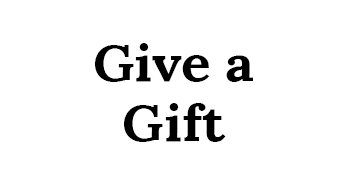More than ever before, people are turning to natural health practices to achieve wellness. But what is trending today isn’t new; these methods have been in practice for centuries. Rather than focusing on a single symptom or specific part of the body, each of these hot health trends considers the whole person and how you interact with the environment for a healthy mind, body and soul.
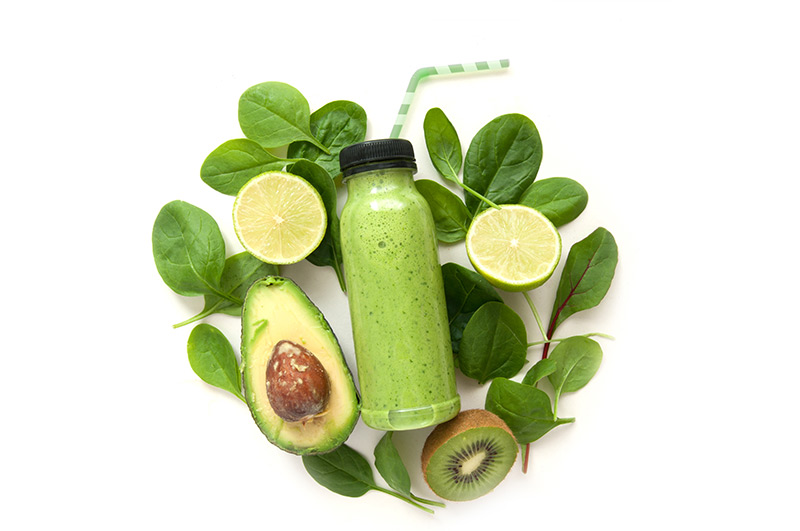
Natural Body Detoxification Methods
Perhaps one of the most commercialized and well-recognized trends in holistic health is detoxification, but according to Christina Rossi, holistic health practitioner and owner of West Reading’s Integrative Healing Arts Studio, there is no replacement for healthy living.
What Does Detox Really Mean?
“The body is perfectly designed with its own detoxification systems,” Rossi explains. “However, depending on our environment, the way we eat, stress, and certain lifestyle habits, the body becomes overloaded with toxins that it has trouble removing effectively.” Detoxification is a way to keep the body’s five main elimination channels – the skin, kidneys, lungs, lymph and bowels – working effectively. And the effects can be significant, from increased energy, enhanced mood and improved skin to better sleep, increased mental clarity, and improved digestion.
Getting Started
Each person is unique and will have different detoxification needs depending on how well each elimination channel is functioning. Keeping each channel in good working order will allow the body to heal itself. So how do you get started?
“I’m not a fan of fad detoxes or harsh methods. While there may be a time and place for certain methods, I feel that it should be done with a qualified holistic health practitioner so as not to do more harm than good.” Rossi explains that the best place to start is with proper hydration and good nutrition that includes whole foods, fruits and vegetables, exercise, rest, and avoiding unnecessary toxins. It is also important to focus on whole body health, rather than on a single system or symptom. She asserts, “It seems counterintuitive to detox your liver while continuing to go out drinking, eating processed foods and sugars, and loading your skin up with chemical-ridden lotions and perfumes. Lifestyle change is key.”
And while we can’t always eat perfectly, following good practices the majority of the time will help your body better eliminate the toxins that do get in.
Looking for Help?
It is important to recognize that thoughts and emotions can be toxic as well. Every treatment at Integrative Healing Arts Studio offers detoxification in some way. Mind-body techniques like massage, reiki, and yoga all create an atmosphere in the body for improved function of all systems. The studio also offers specific services to support detox, including an infrared sauna and a dry brush skin detox and massage combination service. With spring approaching, consider cleaning out not only your home but also your body and mind.
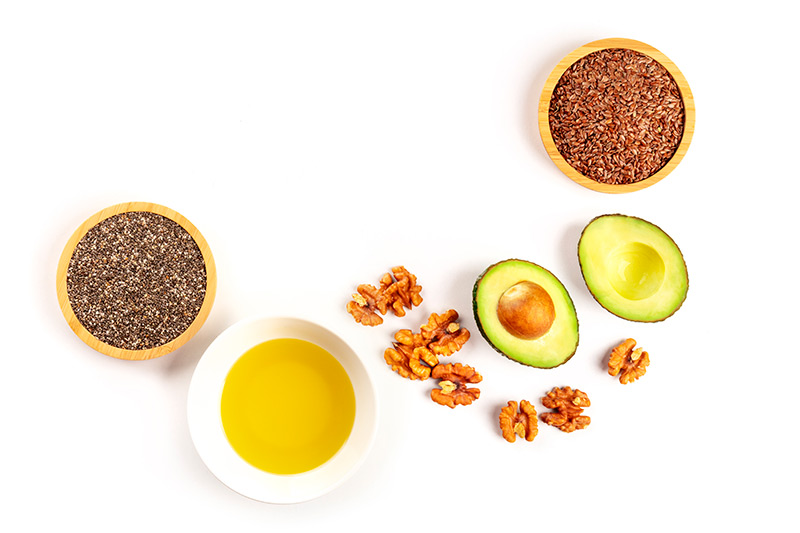
Keto Diet
Equally as important as what you remove from your body is what you put in. While the buzz has been heating up around the ketogenic – or keto – diet, the underlying philosophy isn’t new. People have eaten a structured ketogenic diet for well over 100 years, but proponents argue it’s much older than that; it was the way we ate to evolve as a species. Not just another fad diet, this one has been used as a treatment for chronic illnesses like diabetes and epilepsy for decades, and it helps more than other diets with Alzheimer’s, Parkinson’s, high blood pressure, and migraines. Why? Ketones are good for your brain!
What is the Keto Diet?
The ketogenic diet is a low-carb, high-fat diet that, over time, allows the body to transition from using sugar and carbohydrates as a fuel source to using ketones – or fats. When deprived of carbs, the body enters ketosis, which allows it to use fats (body fats included) as the primary energy source. In ketosis, the liver breaks fats down into ketones, which can be used for energy by almost every cell in the body more efficiently than sugar.
Not only is fat a healthier fuel for us, but it’s also easier for our brains to use as well. And while fat loss is a clear side effect of prolonged ketosis, people also report better brain function and mental clarity, increased energy, decreased inflammation, and lower insulin levels.
What’s the Catch?
Keto is not a diet you can choose to go on or off on a whim. It can take anywhere between two to seven days for the body to get into ketosis, depending on body type, activity levels, and what you’re eating. And if the first few days without carbs and sugar isn’t bad enough, many people experience the “keto flu,” or feeling excessively tired as a result of decreased sugar intake.
Like most diets, keto also requires being at a calorie deficit. Burning more calories than you eat is required for the body to start using its own fat stores for energy. The good news is that a caloric deficit is not as difficult when you are regularly consuming highly-satiating fats and proteins.
For those who are dedicated to getting into – and staying in – ketosis, experts recommend exercising on an empty stomach, restricting carb intake to 20 grams or less per day, and being vigilant with water intake. For research, recipes, and a starting point for your keto journey, visit ruled.me.
Looking to go keto?
Below are some items to add to your grocery list and some to avoid, too.
Buy
- Proteins like fish, beef, lamb, poultry and eggs.
- Low-carb vegetables including spinach, kale and broccoli.Remember, green is good!
- High-fat dairy items: hard cheeses, high fat cream and butter(not margarine).
- Nuts and seeds: macadamias, walnuts, sunflower seeds and almonds. Raw is best.
- Avocado and berries: raspberries, blackberries, and other low-glycemic-impact berries.
- Sweeteners should include stevia, erythritol, monk fruit and other low-carb sweeteners.
- Other fats might include coconut oil, high-fat salad dressing and saturated fats.
Avoid
- Grains: wheat, corn, rice and cereals.
- Sugar: honey, agave and maple syrup.
- Fruits including apples, bananas and oranges.
- Tubers like potatoes and yams.
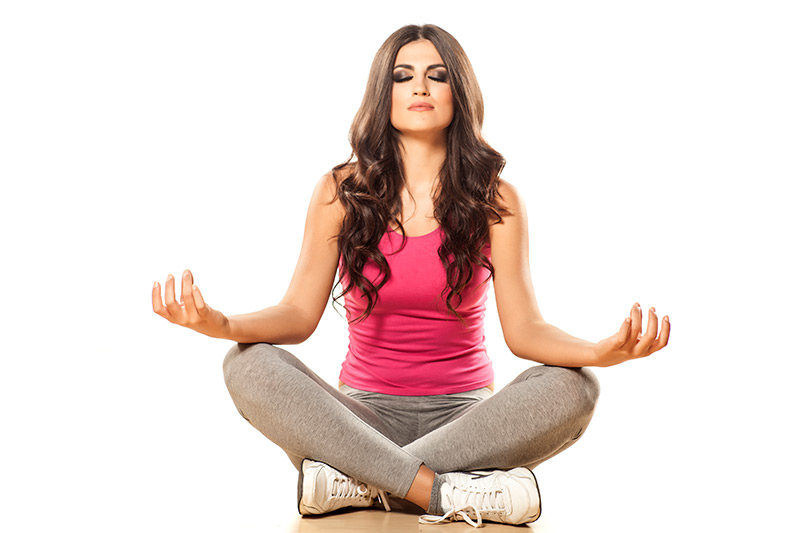
Meditation Practices
Training your body is not the only critical component for total wellness. Meditation is an approach to caring for and training the mind. Rachel Eskin, owner of The Salt Lounge, explains mindful meditation as “simply being present without judgment or attachment to the future.”
Can It Really Help?
There is more to meditation than simply relaxing. There are short- and long-term benefits to the relaxation response triggered in the sympathetic nervous system by regular practice. Beyond decreasing stress and anxiety, this physiological response can lower blood pressure and heart rate, as well as improve circulation. Consistent meditation has been touted as having benefits for everything from depression to insomnia to chronic pain.
It’s Easier Than You Think
In the Buddhist tradition, the word “meditation” is equivalent to a word like “sports.” It’s a family of activities, not a single practice, and there are many different techniques to choose from. So how do you know where to start?
Eskin explains: “You don’t have to sit cross-legged, straight-backed, with hands in a mudra to meditate. Although that’s what we see in pictures, and that kind of meditation is great for some, it can start much more simply. An example would be being mindful while eating. Really taste your food. Slow it down. Chew consciously. Focus on how it feels. Is it hot? Is it cold? This is mindfulness.”
Some benefits can be felt immediately, but for longer-term contentment and focus you need regular practice. What’s most important is getting started, then making the adjustments that work for you.
Log In to Unplug?
For those who are new to meditation, Rachel recommends starting with an app. Free apps like Headspace, Simple Habit, and Calm provide guided meditations for all levels and goals. Lessons can be selected based on time or for specific symptoms and life situations.
If you prefer to pull the plug all together, private and group meditation classes are available at The Salt Lounge with teachers from all over Berks. You can also opt to listen to a custom recorded meditation during a salt therapy session. “Many of our clients have never meditated but find they love the guided meditations and find themselves downloading an app to practice more at home,” she says. “That is the best compliment I can get, when someone is inspired to start their own meditation practice.”
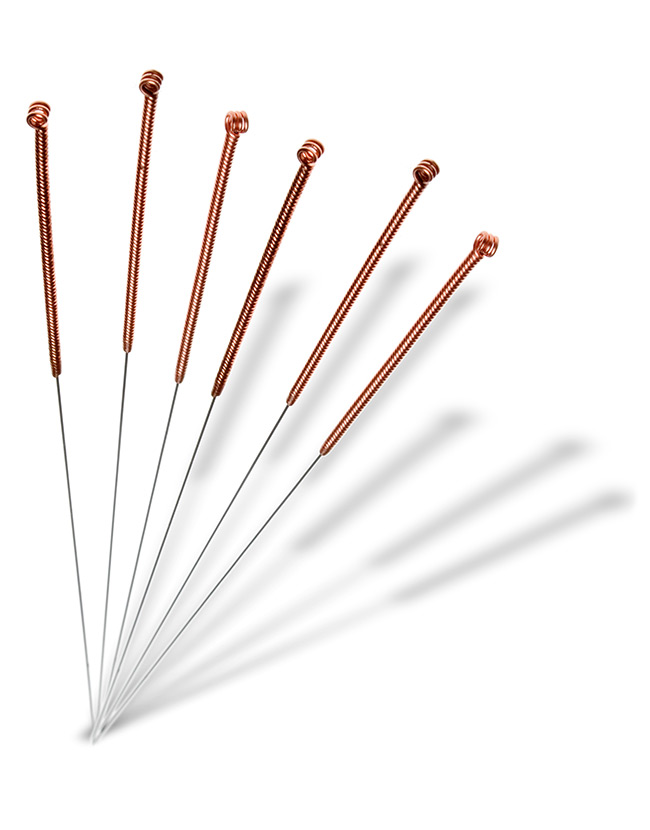
Acupuncture
Many natural health trends focus on maintaining overall wellness, but where can you turn to heal physical injuries? Acupuncture is an alternative to pharmaceuticals and surgery for pain management that, in many cases, can lead to therapeutic change.
How Does It Work?
According to Timothy McGarvey, licensed acupuncturist at The Spine and Wellness Center in Exeter Township, “Acupuncture needles essentially increase blood flow to traumatized areas, which can flush away cellular byproducts causing the inflammation.”
When the body is injured, a trigger point is created, and each trigger point corresponds to a specific pain pattern. Insertion of a fine needle into that muscle or trigger point can relieve the pain pattern. “By triggering a muscle contraction, you are essentially resetting that muscle. It’slike rebooting the body for pain relief.”
Who Should Try It?
Acupuncture is most commonly used for pain relief from physical injuries, headaches and migraines. It is also helpful for the treatment of infertility and digestion issues, including alleviating symptoms of autoimmune diseases like Crohn’s or ulcerative colitis.
There are also psycho-emotional benefits to acupuncture. The therapy can be used for stress management or to combat depression and anxiety. “At minimum, people will leave the table feeling relaxed,” McGarvey says.
Like most holistic practices, acupuncture is often only part of the equation. “I don’t see myself exclusively as an acupuncturist,” Timothy says. “I do a full comprehensive profile and will encourage my patients to consider lifestyle changes including diet modifications; meditation; light, routine exercise; and prioritizing time to relax each week.”
Does It Hurt?
This is the biggest misconception about acupuncture. Acupuncture needles are approximately the diameter of a human hair, so small that you could fit 40 of them in a hypodermic needle. It’s likely that you won’t even feel it, and if you do, it’s incredibly fleeting.
The treatment consists of the insertion of only 10 to 15 needles into the arms, legs or trunk of the body followed by 35 to 40 minutes of rest. Ancillary therapies like cupping, electrostimulation, or Gua Sha can be done during this time.
Treatment lengths will vary based on the patient, but McGarvey typically treats patients for acute conditions in an average of six sessions, 10 for chronic complaints. “People are typically concerned with how acupuncture works, which is easy to explain, but what’s most important is how it compares to conventional medicine, the side effects of medications, and surgical costs.”
Sources:
Integrative Healing Arts Studio
610.451.9577
integrativehealingartsstudio.org
The Salt Lounge
610.743.4613
The Spine and Wellness Center
610.779.4588












